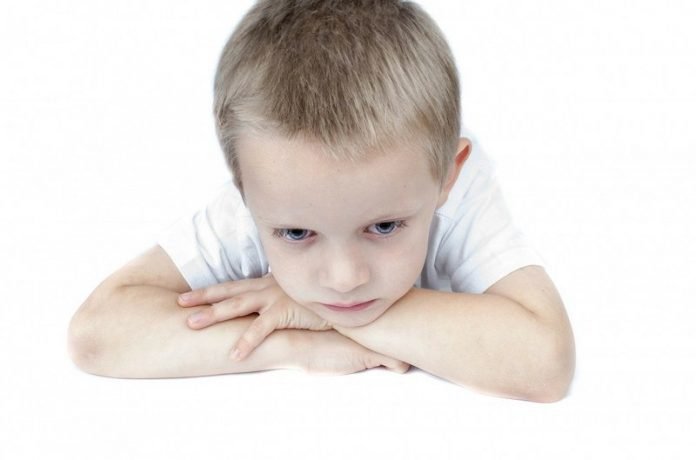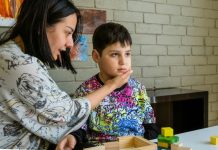
In a new study, researchers have found in people who became face-blind after a stroke, what goes wrong in the brain.
The findings indicate that no one single area is always perturbed in face blindness.
Instead, face blindness involves an entire network, where a malfunction in communication among the various components can bring the system down.
This potentially opens the door for improving face recognition by tweaking the function of different parts of the network.
The findings could apply to other people with poor face-processing abilities, specifically individuals with autism, who often score very poorly on tests of face processing.
The research was conducted by a team at Children’s Hospital Boston and elsewhere.
People with prosopagnosia, or “face blindness,” have trouble recognizing faces—even those of close friends and family members.
It often causes serious social problems, although some people can compensate by using clothing and other cues.
Face blindness often becomes apparent in early childhood, but people occasionally acquire it from a brain injury later in life.
The team began by speculating that autism could be approached not just as a holistic entity, but by studying its individual symptoms.
Those symptoms have a better chance of being localized to specific parts of the brain and could perhaps be turned into biomarkers and treatment targets.
That’s where face blindness comes in. It’s easy to test for and common in autism, seen in children as young as 2.
In eye gaze studies, autistic kids often don’t look at the faces in a video. Or they just look at one part, often the mouth, maybe because it’s giving more information about speech. Many find eye contact uncomfortable.
Data suggest that the worse people with autism are at face processing, the worse their social communication.
Face blindness has previously been linked to the brain’s right fusiform face area (FFA), but not everyone with face blindness shows damage there.
The team searched the medical literature and identified 44 people from 19 studies who developed face blindness after a stroke and who also had brain MRI data available.
They used a new method that draws on data from functional MRI images to create a large-scale map of brain networks, showing the relationships between different brain areas.
With it, the team could determine which networks were consistently injured in the stroke patients that developed face blindness.
They found that face recognition involves two distinct brain networks. It’s not yet clear whether face blindness results from both networks being disrupted, or from an imbalance between the two.
Based on the stroke data, the team now plans to delve back into face processing problems in autism.
They will study children with tuberous sclerosis complex (TSC), a genetic syndrome that often includes autism and atypical face processing.
Eventually, they hope to do a larger study of brain connectivity and face processing in children with garden-variety (non-syndromic) autism.
If all roads in that network lead to a specific area in the brain, that area could potentially be treated by methods to increase or decrease its activity.
Even addressing face processing in isolation could improve the quality of life in children with autism—and others with face blindness.
The lead author of the study is Alexander Cohen, MD, Ph.D.
The study is published in Brain.
Copyright © 2019 Knowridge Science Report. All rights reserved.



